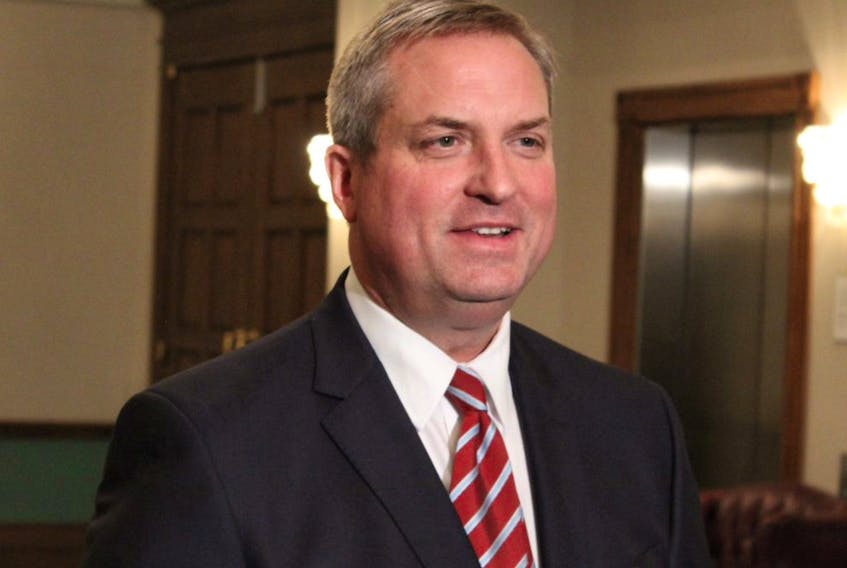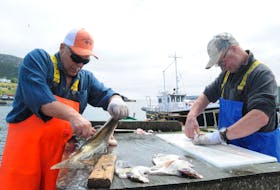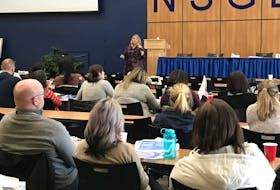ST. JOHN'S, N.L. — Government funding recently announced to help with the conservation of the boreal caribou herds in Labrador is a huge step in the right direction, according to a wildlife manager with the Nunatsiavut Government.
“This is a win-win story,” said Jim Goudie, NG Deputy Minister of Land and Natural Resources. “This is the best thing to happen to boreal caribou in Labrador in the last 20 to 25 years, hands down.”
The $5.4 million conservation agreement between the federal and provincial governments and funded by the latter covers the Mealy Mountains, Lac Joseph, and Red Wine caribou herds, which have less than 4,000 total caribou remaining. They have been listed as a Species at Risk since 2002.

Fisheries and Land Resources Minister Gerry Byrne told SaltWire the provincial government has been talking with the feds about boreal caribou conservation since 2002. He said getting the financial commitment from the federal government took a lot of negotiating.
“The first offer that came in, once we let them know we were very serious on this and wanted it moved, was $160,00 per year over three years,” he said. “We basically told them to take their token offer and we’d do it ourselves. We said we only wanted serious partners at the table and now we’ve gotten to this point, which is much more substantial.”
The money will fund a four-year management plan in collaboration with the indigenous governments and organizations in Labrador to develop and implement different conservation measures.
“Partners will work together to develop a long-term caribou management plan, build community support for the elimination of unsanctioned harvest and implement a program to put Indigenous guardians in place to protect southern Labrador caribou,” the agreement states.
Goudie said the funding will help with education, conservation, and enforcement, which are all important components to keep these herds going.
“Enforcement is important, obviously, but the stewardship and education aspect of this is huge,” he said. “There’s also research money in this. It’s not often easy to do surveys, they’re expensive. Collaring too, there are so many things this money will help with.”
The agreement says there will be a monitoring program, including five surveys across southern Labrador per year, as well as maintaining collars on 85 caribou.
Byrne said the funding will bring more hunting ban enforcement but, considering the large size of Labrador, it won’t be the key to keeping these herds viable.
“The populations in some places are in freefall because of significant unsanctioned hunting,” he said. “More enforcement will not stop that; we need assurances that the hunting will stop. The caribou need to recover.”
He said the natural cycle of the herds is at a low point in terms of population. It makes them more susceptible to hunting, especially in modern times where technology makes it easier to have much larger hunts.
He said in the last several years they have seen evidence of between 400 to 1,000 caribou hunted per year and enforcement can only do so much.
“If there were 20 enforcement actions in a season, which is a significant number, and they were hunting one or two each, that would only be 20-40 animals and the animals are already dead,” Byrne said.
He said collaboration with the people of Labrador is key, both to stop hunting and monitor the unsanctioned hunting taking place.
“We need everyone on board, on the same page, to conserve these herds,” Byrne said. “The success or, hopefully not, the failure of this, will depend on that.”
SaltWire reached out to the Innu Nation and the Nunatukavut Community Council for comment on the agreement but did not receive a reply by press time.









